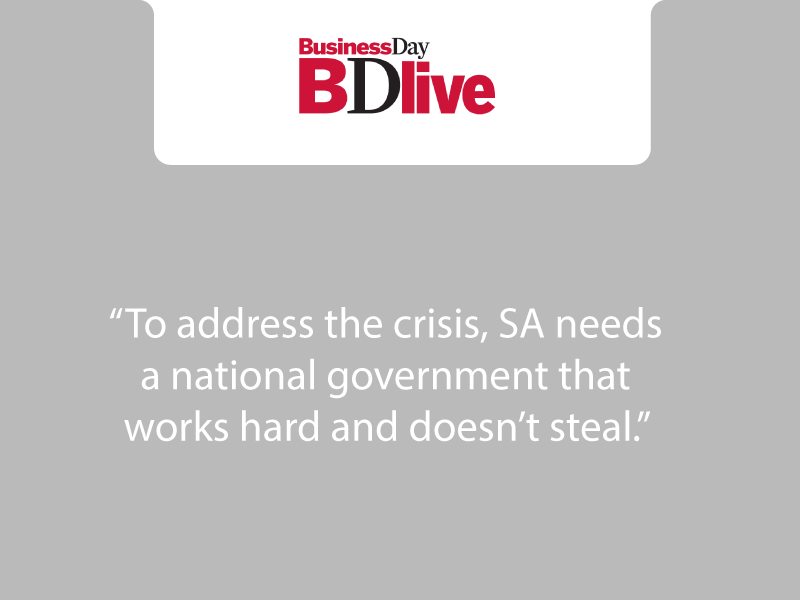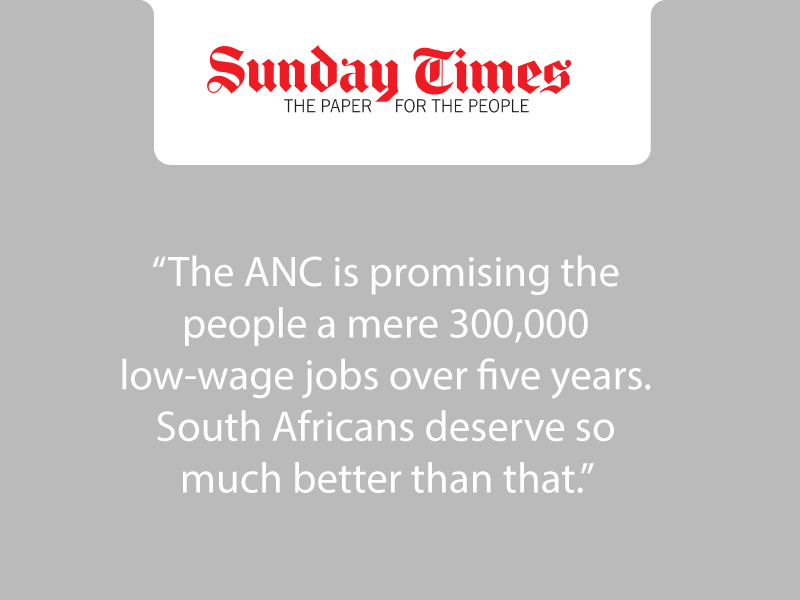
‘Cities are humanity’s hothouses … fostering the best neurosurgery or opera-singing or deal making of which mankind is capable… Pulsating with opportunity, cities constantly renew themselves by attracting the talented and enterprising from everywhere else, however distant or foreign. Above all cities are realms of freedom … which makes cities engines of invention and progress. …’
Over the past decade a significant new approach to managing cities has developed in the US. As the editor of influential City Journal, Myron Magnet has written: ‘From the urban riots of the 1960s through the municipal bankruptcies of the 1970s to the crime waves of the 1980s, news from the cities looked bleak and bleaker. But in the 1990s urban America almost miraculously came back to life … From New York to Los Angeles, from San Diego to Milwaukee, cities vigorously rebounded.’
Each city has accomplished its renaissance in its own way. Underlying these successes has been rejection of the welfare-state ideology prevalent in urban America in the latter half of the 20th century but whose decades of failed policies led the nation’s cities to the brink.
The new urban paradigm is based on a set of positive values: preventing crime, and creating a safe and secure environment; reforming social welfare by reconceptualising it thus reducing taxes and bureaucracies; reforming city-level government; and the urban education system.
Within these four main elements lies an intriguing mix of ideas, some conservative, some highly progressive, but all knitted into a fresh, compelling whole. The argument goes something like this:
Human beings are responsible for their own lives. City government, should deliver the minimum number of services consistent with helping individuals to pursue their own interests. While taxes are necessary, they should be as moderate as possible. Taxes deter people from generating wealth, and thus become counterproductive at a certain point as they demotivate or chase away the most innovative people. While the rights of individuals are paramount, with these come real responsibilities, not only for the individual’s own life and family, but also for the maintenance of social relations and the fabric of society as a whole.
Those who govern cities must understand what they are able to do, and do it effectively. Attempts to do more will fail. They should then reach agreements with other actors to get done whatever else needs to be done.
Sociologist Nathan Glazer has written: ‘New York [in the 1980s] stopped trying to do well the kinds of things a city can do, and started trying to do the kinds of things a city cannot do. The things a city can do include keeping its streets and bridges in repair, building new facilities to accommodate new needs and a shifting population, picking up the garbage, and policing the public environment. Among the things it can’t do are redistributing income on a large scale and solving the social and personal problems of people who, for whatever reason, are engaged in self-destructive behaviour.’
William J Stern, former head of New York’s Urban Development Corporation, has commented on the successful redevelopment of Times Square in the 1990s: ‘Times Square succeeded for reasons that had nothing to do with our building schemes and everything to do with government policy that, by fighting crime, cracking down on the sex industry, and cutting taxes at last allowed the market to do its work and bring the area back to life.’
City government should limit itself to the minimum number of powers required to create an environment in which the natural creativity of individuals (either alone or in companies) can flourish. Cities cannot make creative things happen; it can only create the conditions under which they can happen.
This school of thought led to the well known ‘zero tolerance’ approach to urban crime. These policing initiatives in New York City have been described as ‘the most impressive urban governance success’ in the United States (if not globally): from 1993-1998 arrests increased by 138%; overall felonies dropped by 50%; robberies fell by 55%; car theft was down by 61% and murder by 68%. This success was built on some important principles crucial to its effectiveness: deal with systems, not just events; improve services as the consumer experiences them, not to suit city employees; decentralise implementation as much as possible; get ahead of problems, don’t just respond to them; and run the police system like a business corporation. Since 1994 the NYPD hasn’t just been solving crimes; it has been dismantling criminal enterprises and support systems. It has been taking away the things that criminals need to function: their guns, fences, chop shops, auto exporters, drug-buying and prostitution customers, buildings and apartments, cars and the unpoliced sectors of the city where crime used to thrive.
Those who govern South Africa’s cities, have businesses in them, and live in them can learn a great deal from the new American urbanism. They should: think of cities as the country’s major asset; concentrate on the things city governments can and must do for their citizens; create space for citizens to do all the other things for themselves; think competitively about their city as an environment that has to attract and keep the best people; keep city government small, by turning to the private sector to deliver as many services as possible; see city government as a regulator and buyer of services; and show zero tolerance’ to the set of behaviours that trigger off cities’ decline.




